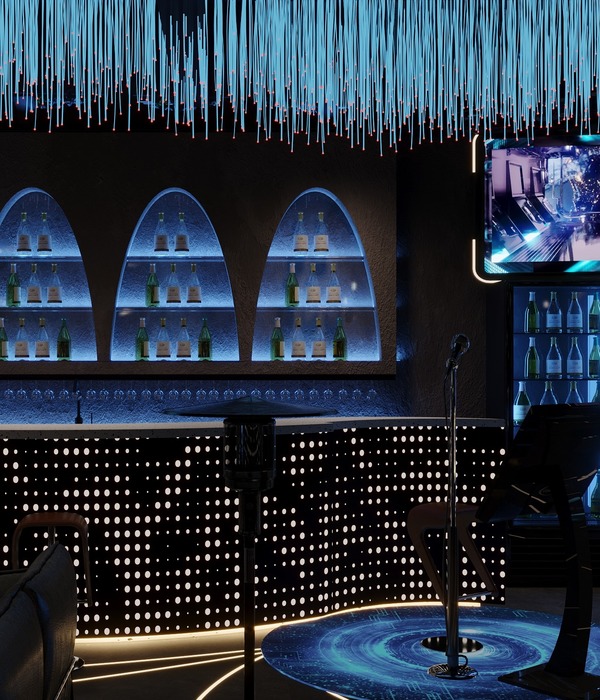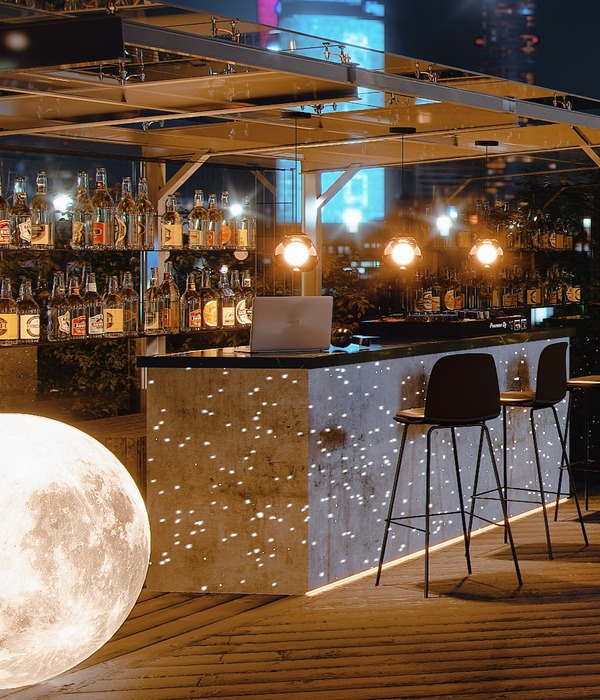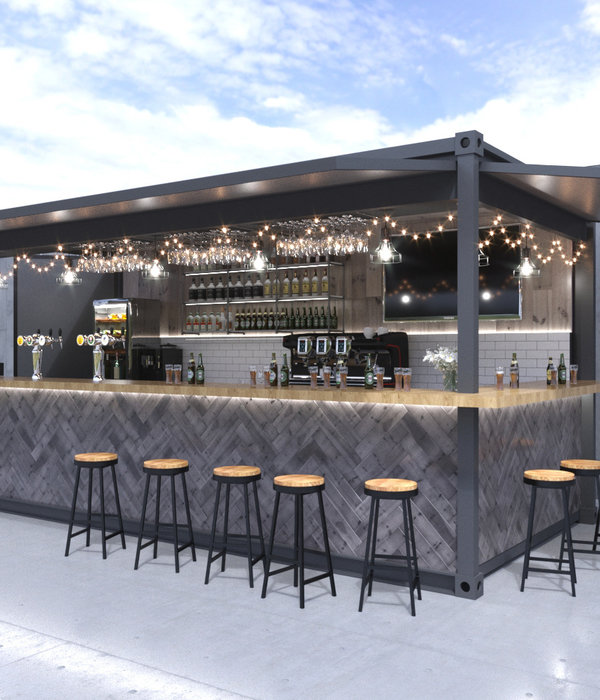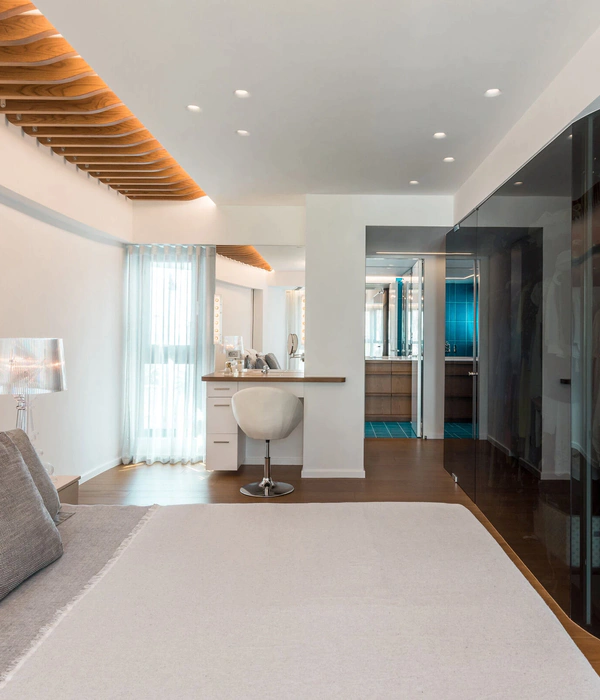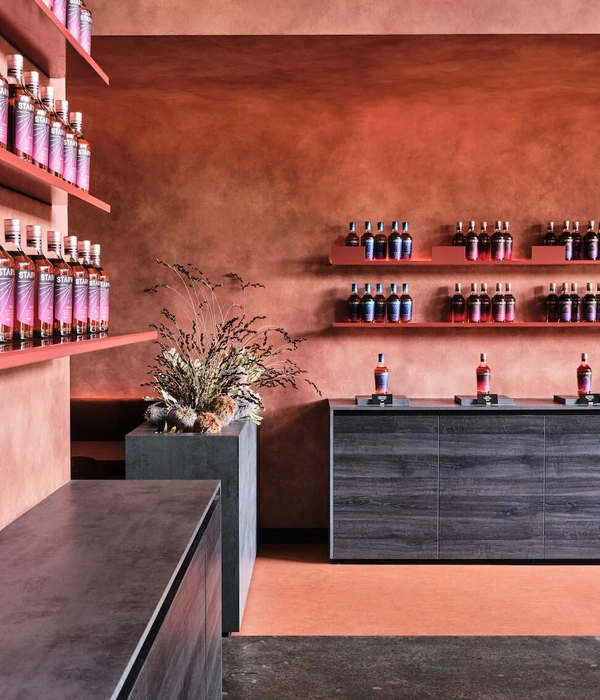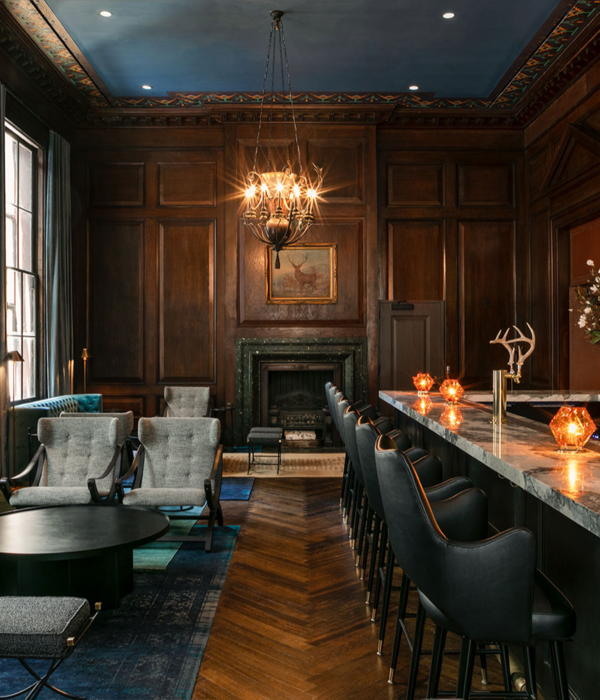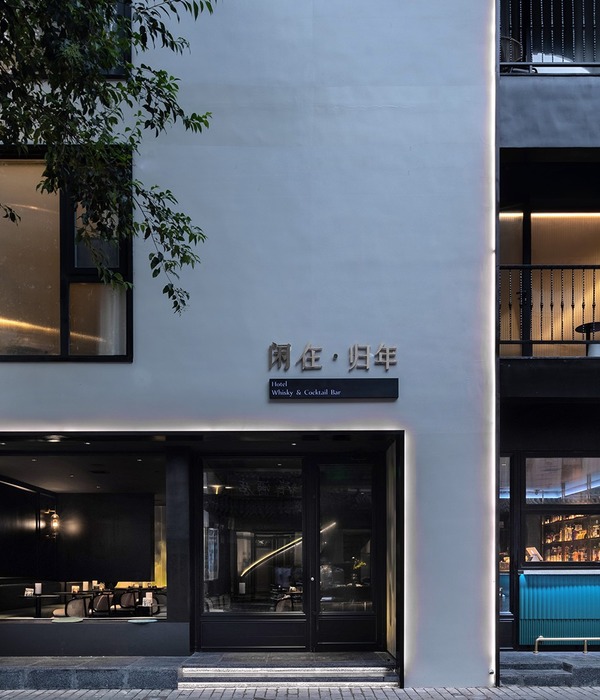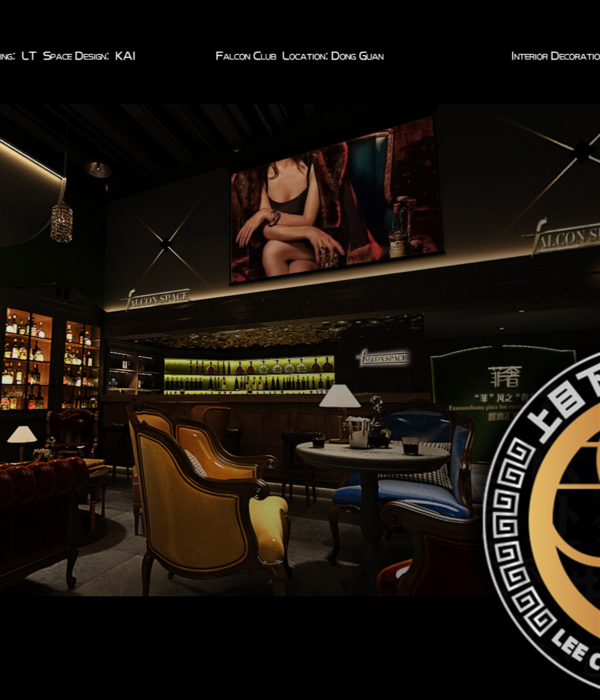Architects:Prevalent
Area :200 m²
Year :2022
Photographs :Jan Vranovský
Manufacturers : Piñatex, Mogu, NewMatPiñatex
Lead Architect :Ben Berwick
Builder :Scope Commercial Construction
Mechanical Engineers :Marline
Acoustic Engineers :Spectrum Acoustics
Student Of Architecture : Josh Healey
Signage : Domus Vim
City : Newcastle
Country : Australia
Carbon Neutral Authenticity - Âpé Yakitori Bar attempts to provide authenticity to a standardized, early 2000s tenancy shell, a prevalent and often challenging typology that today dominates our cities. Yakitori, literally translated as a grilled bird, remains one of the most traditional and efficient practices of cooking. Each individual part of the chicken, animal, or vegetable (in its modern interpretation) is utilized, from the heart to the thigh, liver, and neck. It is the act of deconstruction to base constituent parts without wastage.
Âpé, which is ancient Ainu Japanese for fire, is a design predicated around the base, constituent elements, that are carbon neutral or negative, set within a glowing sodium orange setting, a nod to the heart of a traditional Ainu Japanese home, the hearth, and the glow of sodium lights along the harbor of Newcastle. Having worked with this client on previous projects, such as SUSURU, we were afforded the opportunity to control all capital within the project. To that end, our specification for the project became a funding mechanism to support early-stage, innovative material fabricators creating carbon-negative materials. The wealth of the project was channeled into companies developing or supplying materials that exist as part of bioremediation, carbon sequestration, and/or the circular economy.
A snapshot of materials specified were:
Mycelium, grown on agro-industrial by-products and waste material, as part of the bioremediation process, fashioned as acoustic panels. Sourced from Mogu. Cellulose fibre extracted from waste pineapple leaves, sequestering carbon from the atmosphere during growth, whilst preventing further release of carbon where the leaves would have otherwise been burnt, fashioned as a “leather” clad bench seat and branding assets. Sourced from Piñatex. Rubberwood, sourced as the discarded by-product of the harvesting of rubber, expanding the material life cycle, sequestering carbon from the atmosphere, whilst preventing carbon release that would usually occur through the burning of the timber. Utilised for furniture. Carbon-neutral stone, made from the dust by-product produced by the cutting of up to 20 various natural stones, utilized for surfaces. Existing autoclaved aerated concrete lightly sanded or left in its as-found state, unfinished, preventing further material resourcing, whilst mitigating construction waste utilized for walling.
These very base element materials, from mycelium to cellulose fiber, sit proudly in a shell that exposes the tenancies of the past. Wires, pipes, paint, and services remain exposed, to not only show the inner workings of technical space and tenancies adjacent but also to reinforce sitting within what was once a very industrial city. This also mitigates the unsustainable, sterile. The approach of utilizing material to cover and hide.
Like fire being the catalyzing element between ingredient and meal, we exaggerate the proportion of the tenancy shell with primary forms that glow, which encompass and synthesize all elements within the space. Where ingredient becomes meal becomes sustenance, it is our aim that Âpé's design provides a cohesive, authentic space that highlights the importance of material carbon neutrality, teachings of sustainability from our ancestors many times removed, and overarchingly, a positive experience for inhabitation.
▼项目更多图片
{{item.text_origin}}



